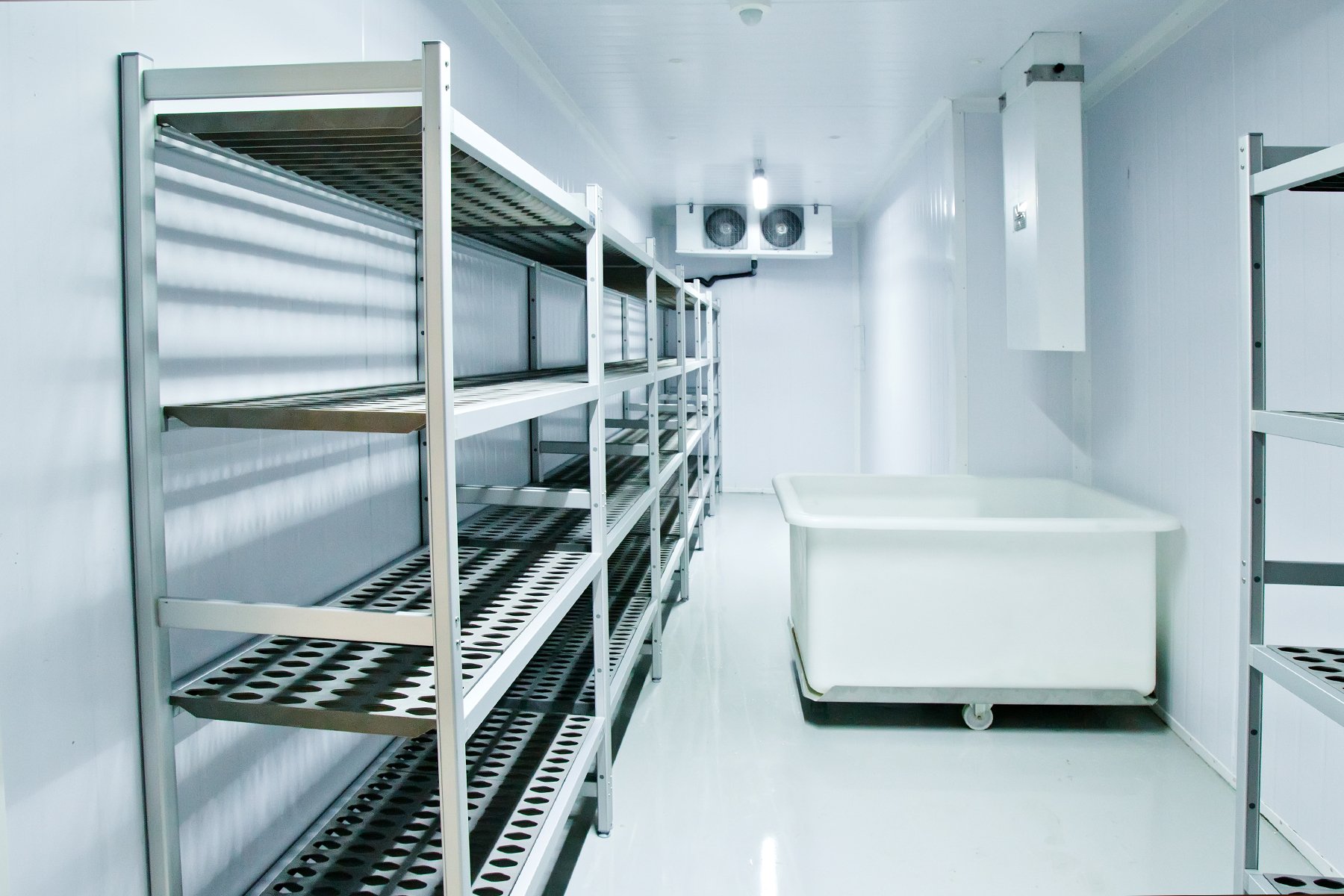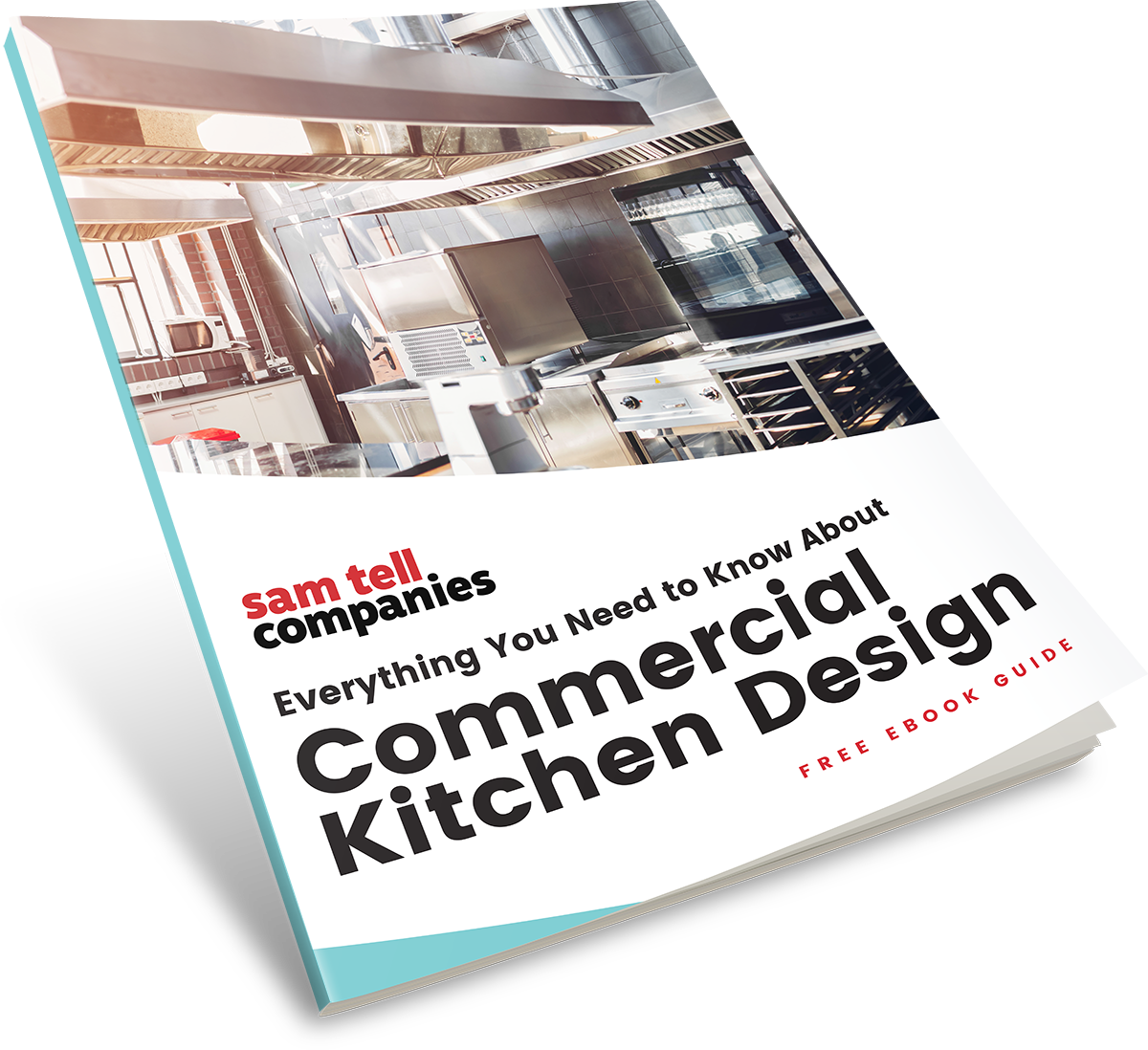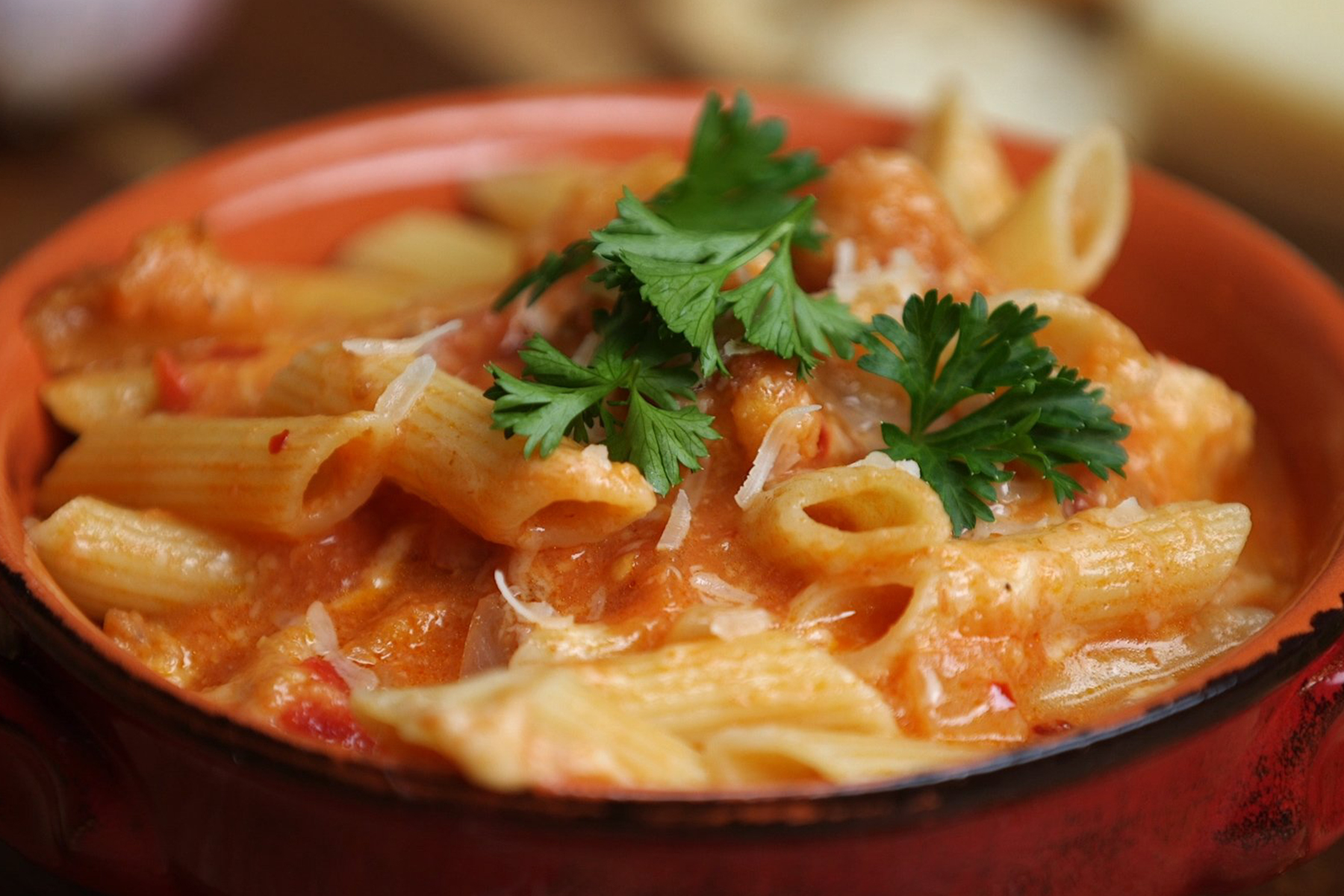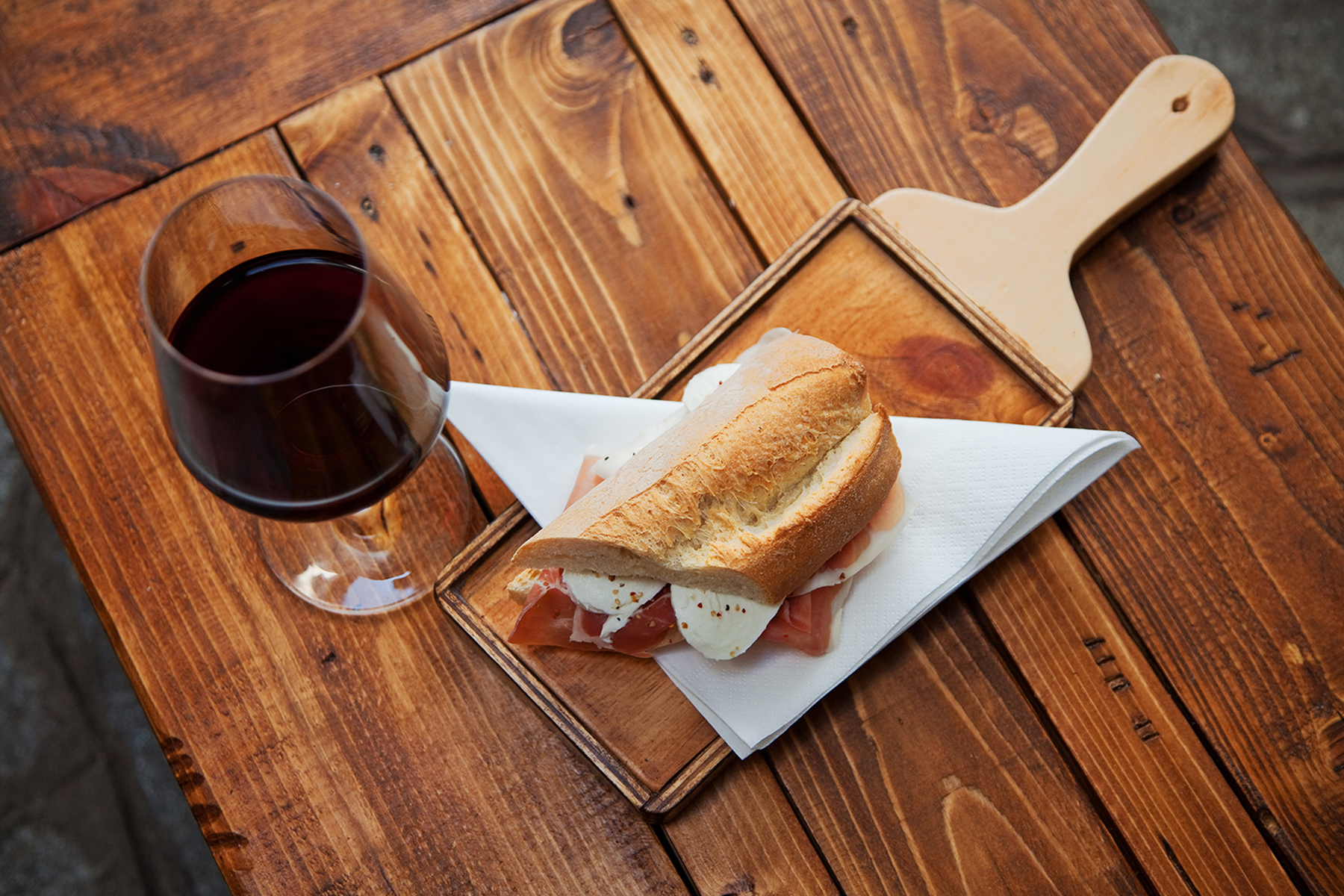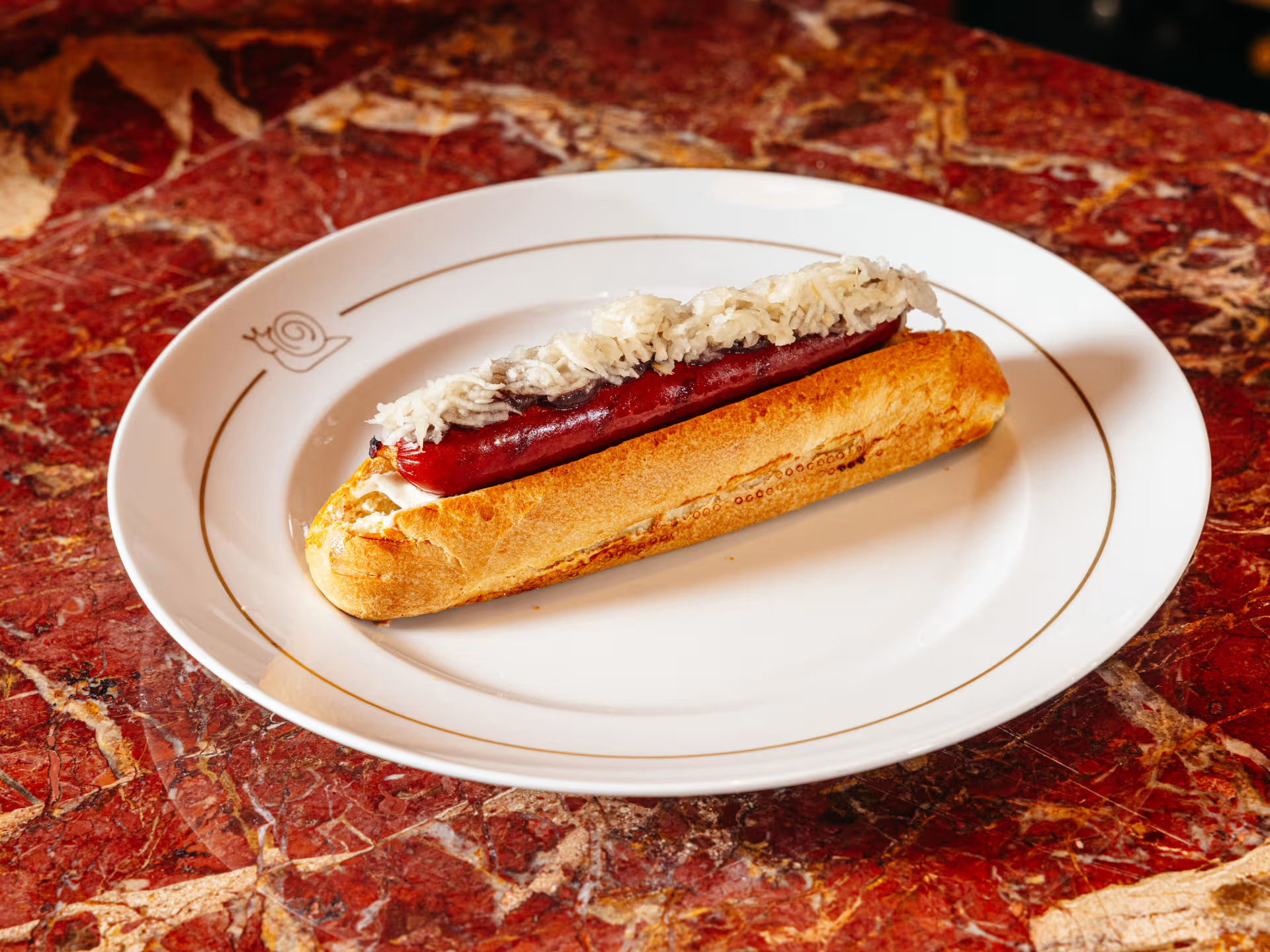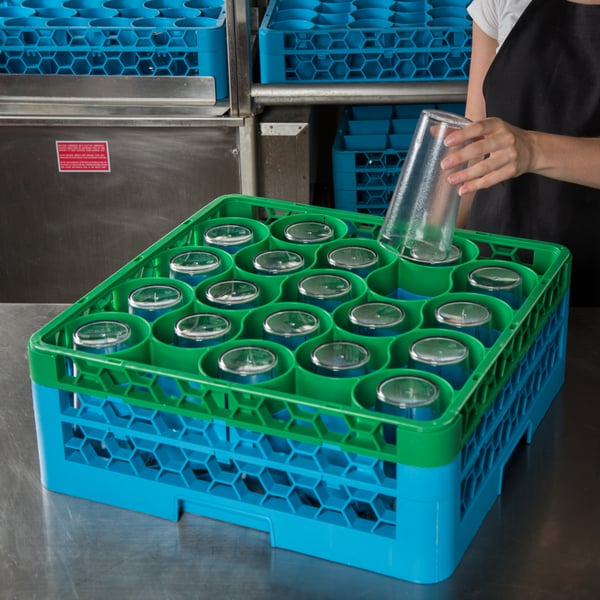Walk-in freezers and coolers are intrinsically important to the day-to-day operations of establishments throughout the foodservice industry. These highly useful fixtures allow you to store products in bulk, ensuring food safety while guarding against food waste eating away at your business' bottom line.
And while the cost of running walk-in freezers and coolers is a necessary expense in certain corners of the foodservice industry, the last thing your business needs is to be slammed with above-average energy costs, which can leave your establishment frozen in place and unable to turn a profit.
Keeping a close eye on the various factors that could influence the cost of operation enables you to get the most out of all of your commercial kitchen components—especially your walk-in freezers and coolers. Let’s take a look at some of the installation and maintenance circumstances that could prove crucial in getting the most out of these fixtures while keeping costs to a minimum.
Proper Installation & Construction Is Pivotal
First things first, your walk-in freezer and/or cooler should be constructed and installed properly to keep energy costs under control. Any expert builders worth their salt will know the precise details of how to construct and install a walk-in so that it runs efficiently well into your establishment’s successful run. That initial installation is essential to cost effectiveness and durability. As you’ll read later in this article, even the location of the unit in your establishment can influence energy efficiency.
Precise Insulation Shields Against Climbing Costs
Proper insulation from floor to ceiling, as well as along the doors, should be the hallmark of any well-constructed walk-in freezer or cooler. The entire point of your walk-in is to keep the heat out and the cool in—this is accomplished by constructing the unit to resist outside heat transfer from the ambient temperature surrounding the walk-in. The proper levels of insulation are set by the Energy Independence and Security Act (EISA) and being aware of these requirements is vital when shopping for and eventually installing a walk-in freezer or cooler.
Location Matters In More Ways Than One
The actual placement of your walk-in within your establishment could impact how much energy it uses.
Depending on where your operation is located, your walk-in unit might have to work harder in order to regulate internal temperature and keep energy costs at a reasonable level. This is true for both hot and cold locations, which each require different processes to maintain proper temperature levels. More specific than geographic location, the actual placement of your walk-in within your establishment could impact how much energy it uses. Any walk-in freezer or cooler situated next to a hot stove or in direct sunlight will require more energy to cool itself down and to maintain balance—and more energy usage equals a higher energy bill. Remember to take this into consideration when designing and building your food storage area, as it could prove problematic to move once it’s installed.
Temperature Of Stored Items Affects Energy Usage
Storing items straight from the heat of the kitchen to the freezer could lead to elevated levels of energy usage. This is because any foods or liquids that are hot or warm when placed in a walk-in freezer or cooler will require more energy to cool than if they were stored at room temperature. While it’s perfectly safe to place hot food in a cold unit, this practice will cause a spike in temperature inside of the walk-in, as the unit’s compressor must work overtime to bring the degrees back down. For a full accounting of why your energy costs might be on the rise, consider the temperature of the items going into your unit.
How Often The Walk-In Freezer Is Opened & Closed
Be sure employees and staff members are aware that your energy bill could likely take a hit from the excessive opening and closing of the unit door.
Just like with any home refrigerator, the more often it’s opened—and kept open—the more energy the unit will use. If your foodservice operation sees people constantly entering and leaving a walk-in freezer or cooler, the outside temperature will begin to seep into the interior of the unit, as such the walk-in will have to work harder to maintain a stable temperature and keep your food safe. This might be unavoidable in some busy foodservice operations, but be sure employees and staff members are aware that your energy bill could likely take a hit from the excessive opening and closing of the unit door. Vinyl stripping on walk-in doors is also a strategic way to keep the cold air inside of the unit where it belongs.
Related: Blast Chillers: What They Are & How They Improve Foodservice Operations
Energy costs should play a major factor in how your foodservice operation is designed and built—but it should also play a role in how your establishment is maintained and serviced. Investing in a freezer or refrigerator thermometer could go a long way in monitoring your walk-in system and ensuring there aren’t any major fluctuations. This small addition can make all the difference in energy costs, as well as keeping food fresh for service.
